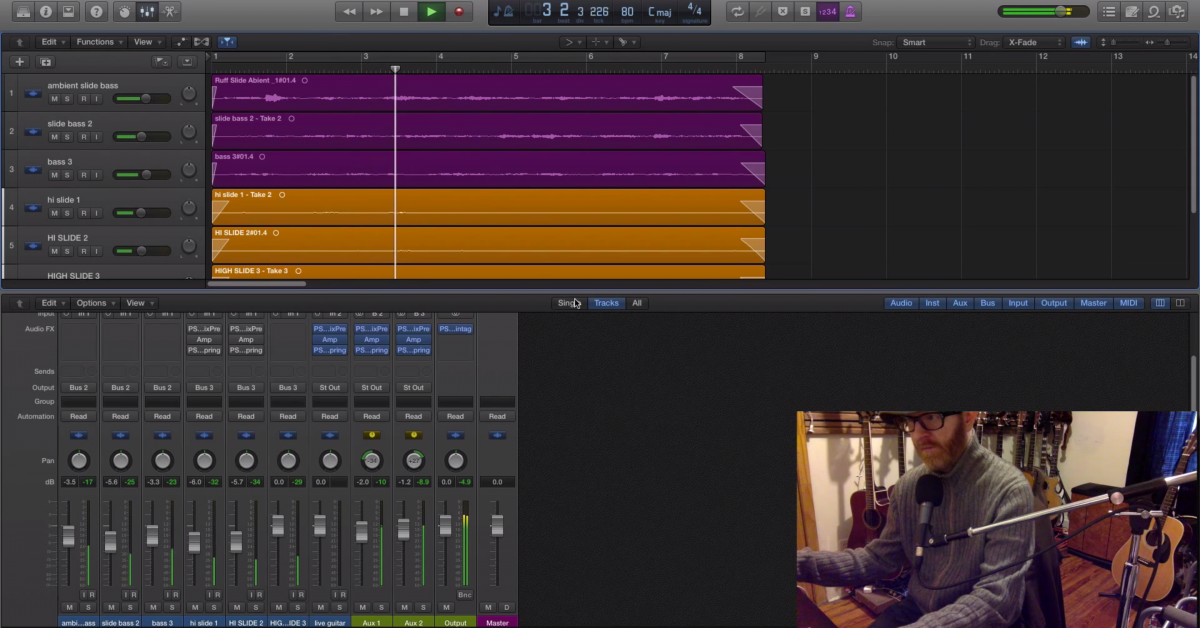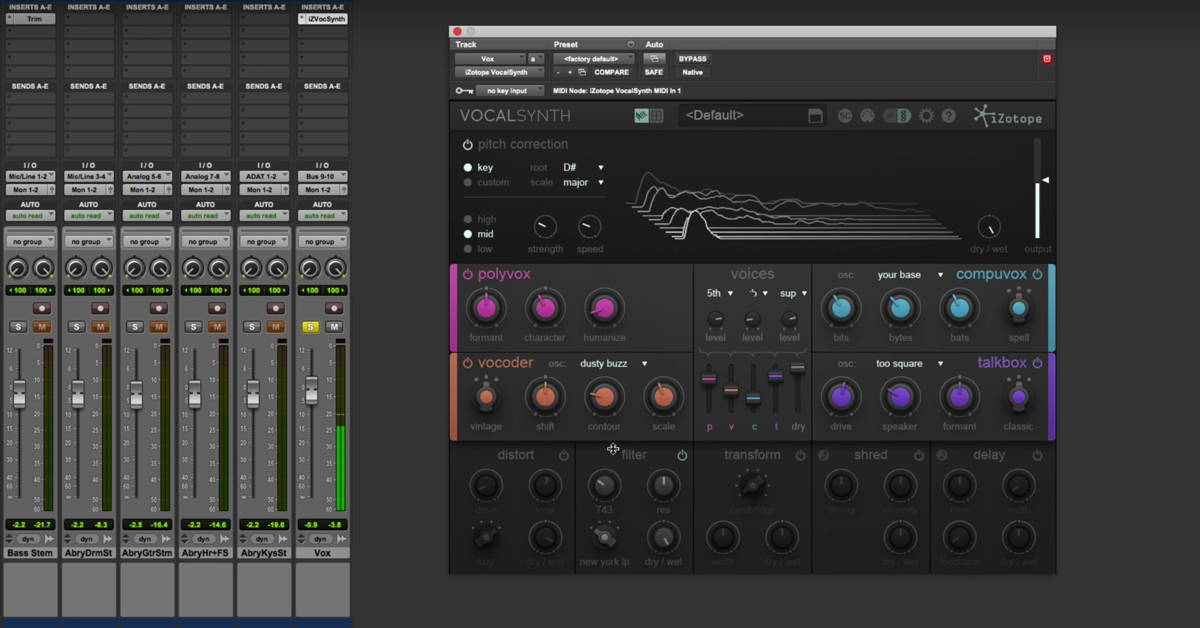String Articulations: Terminology and Effects
Article Content
Anyone that has used a string sample library has encountered a variety of terms, usually in Italian, relating to string articulations. The fact that musical expressions are written predominantly in the Italian language in American scores, is due partly to a lingering Euro-centrism, habitual practices and because they just sound good in Italian, rolling off the tongue in a rhythmic asymmetry that sounds musical in itself.
As an American, I once criticized the Euro-centrism that has dominated our culture from the very beginning. But after witnessing the rise of our current state, the degree of political disarray and corruption, and the dismantling of civility in public discourse — Europe is lookin’ pretty sweet.
Below is a list of articulations and playing techniques you may come across as you navigate the ever-growing list of string sample libraries available: (references listed below)
Sul Tasto: play over the fingerboard — results in a softer sound with less body and harmonics
Flautando: flute-like sound that often results from playing Sul Tasto
Sul Ponticello: play near the bridge — creates ethereal dissonant overtones with a scratchiness
Con Sordino: play with a mute on the strings — darker with reduced harmonics
Col Legno Tratto: play with the wood side of the bow; a very soft sound; a special effect; player will often use part wood and part bow hairs in combination
Col Legno Battuto: strike the strings with the wood part of the bow; a percussive sound
Normale: return to ordinary or normal playing technique
Testa or Punta d’arco: play with the tip of bow; a light, ethereal sound
al Tallone: play with the frog of the bow (opposite of the tip end); can be good for hard and aggressive down strokes
Arco: play with the bow; usually used after a pizzicato passage
Pizzicato: play by plucking the string
Snap Pizz. or Bartok Pizzicato: aggressively snapping the string so that it hits the fingerboard (used by composer Béla Bartok); creates a loud percussive event
Up/Down: direction of the bowing; down bows are usually more aggressive and used for accented downbeats
Legato: bow in a connected way so that note attacks are smooth or blurred
Portato: slight separation between notes
Détaché [Fr.]: separate bows for each note; the opposite of legato
Staccato: short notes
Martellato: on-the-string staccato; the bow stays on the string even though the notes are short; used for staccato or staccatissimo; very short
Spiccato: off-the-string staccato; the bow actually bounces off the string with each note
Richochet Bowing: the bow is dropped on the string and allowed to bounce freely, accelerating as it gets closer to stopping
Sul G: play on the G String. In the case of Violin; playing notes high up on the neck on the G or fourth string produces an urgency and potentially hyper-dramatic effect; sometimes seen as Sul IV; play on the fourth string. Of course any string can be indicated.
Harmonics: can be natural (unfingered on open string) or artificially produced; usually softer and ethereal
Portamento: sliding from one pitch to another
Glissando: scale-like transition between notes (in practice, Portamento and Glissando are often used interchangeably so clarification is often warranted — Using the term Fingered Glissando can distinguish the term from Portamento more decidedly)
Vibrato: a slight pitch variation above and below a note
Molto Vibrato: a wider pitch variation above and below a note
Marcato: to play with sharp emphasis or accented
Sforzando: forced and often louder than the dynamic context
Fortepiano: to attack loudly and immediately get soft; often followed by a crescendo
Trills: rapidly alternate between the main note and one half step or one whole step above
Unmeasured Tremolo: rapid repetition of a note
Measured Tremolo: rapid repetition of a note based on a division of the beat
Fingered Tremolos: involve more than one note
Summation
There are many notational designations to represent the terms mentioned and of course they may appear in French, German or even English. And there are several more contemporary indications not included here, but in many cases they are described nicely in the score.
If you have a desire to write for strings or any acoustic instrument, the best way to learn is to find scores and follow along with a recording. Listen for the sounds you like and observe how it was notated, determine what the technique is called and identify the overall effect. Being aware of the dynamic context in which a technique is used is crucial to understanding orchestration, since many playing methods have dynamic limitations that can be easily overlooked and artificially compensated for in a sampling instrument.
Here are a few good books for those that want to dig deeper:
Instrumentation and Orchestration by Alfred Blatter (now out of print but a great book if you can find it)
The Study of Orchestration (Fourth Edition) by Samuel Adler (used to come with a set of CDs for demonstration purposes)
Music Notation: A Manual of Modern Practice by Gardner Read (the music copyist’s bible for many years — before notation software)
The Harvard Dictionary of Music – Edited by Don Randel (the bible of music terminology)
=====
Check out my other articles, reviews and interviews
Follow me on Twitter / Instagram / YouTube






